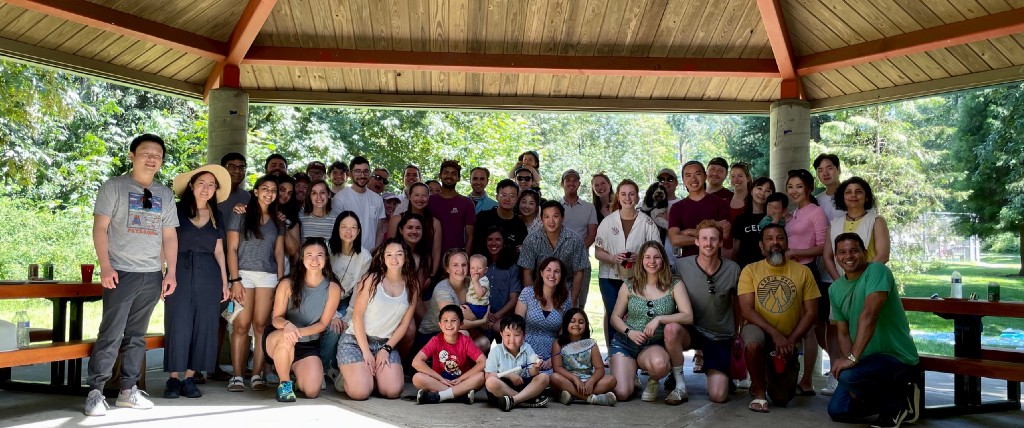
This summer I had the pleasure of joining Statsig as their first-ever product design intern.
This was my first college internship, and I was so excited to get some design experience. I had just finished my freshman year in college and was still working on building my proficiency with Figma, the main design tool used at Statsig.
This being my first job, I was a little nervous to start out and meet the team. I was pleasantly surprised to find that this was an incredibly patient and supportive team. While I spent time getting used to the Statsig product and learning about Statsig’s design system, I was met with very supportive coworkers who were always ready to answer my neverending questions.
After completing my summer here at Statsig, I am now reflecting on my learnings, growth, and fun experiences I have had.
Office Traditions and Culture
This summer I really enjoyed taking part in Statsig’s traditions and learning more about their office culture that they have been building for the last year and a half.
My favorite tradition was one I encountered on the first day of my internship. Ever since Statsig built their first batch of desks in their Kirkland office, they began a tradition of building a desk forward. Basically, you build a desk for the next person joining the office.
Knowing someone else built my desk for me made me feel a bit more welcomed. Another intern and I worked together to build 2 desks for some incoming employees. It took about an hour or two to build and was a great bonding experience for me and the other intern.
During our time building the desk, we were offered help and support from many other coworkers who had built the same desks themselves. It was one of those “we’ve been there” moments. It was lots of fun and a great way to get to know people in the office.
Something else I really enjoyed taking part in was Statsig’s daily standups. Every day at 2 pm, we would gather by the office whiteboard and give updates on the status of our tasks. Once a task gets completed, we check it off the whiteboard and clap for whoever finished it. It was a good way to get a better understanding on what everyone was up to.
We would also get important updates on upcoming events and important company milestones. In addition, it also served as a huge motivator for me. I was always trying to finish tasks before our daily standups so I could get some claps from everyone.
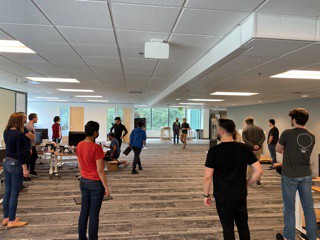
Another fun way Statsig kept the entire team updated on our individual tasks was through weekly demos. We did this every Friday from 4–5. We would also hold happy hour at this time! We usually ordered boba or Dairy Queen blizzards for the whole office. We would enjoy this while people would demo their individual projects. It was a fun way to end the week and a great way to show off all our hard work for the week!
I also really enjoyed how inclusive and outgoing everyone on the team was. Almost every week there were activities planned by different members in the office such as hikes and lake days! These were sometimes afterwork or weekend activities that everyone was invited to and another great way to get to know everyone in the office.
My favorite office friends to meet were everyone’s pets! Statsig employees sometimes bring their dogs into the office for the day. I enjoyed getting to know everyone’s dog and I loved when they came over to say hi while I was working at my desk. It always brightened my day:)
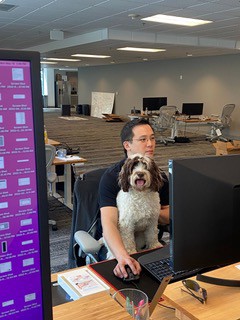
Activities
Statsig did not shy away from spoiling us with countless fun activities for the summer. Within the first week of my internship, our console team all went out for a sushi lunch and at a local restaurant. This was a great way of getting to know the team (and it was really fun:))
The next week, we left the office on Friday and went to a local bowling alley/arcade. We spent the day bowling, playing arcade games, eating pizza, and singing karaoke.
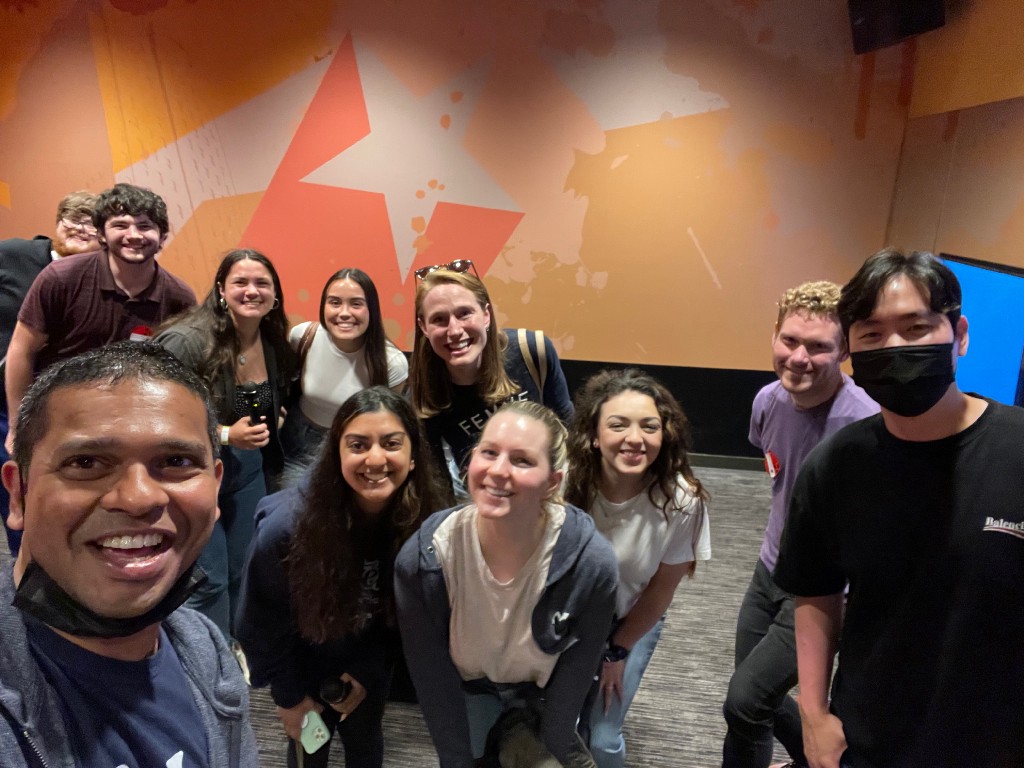

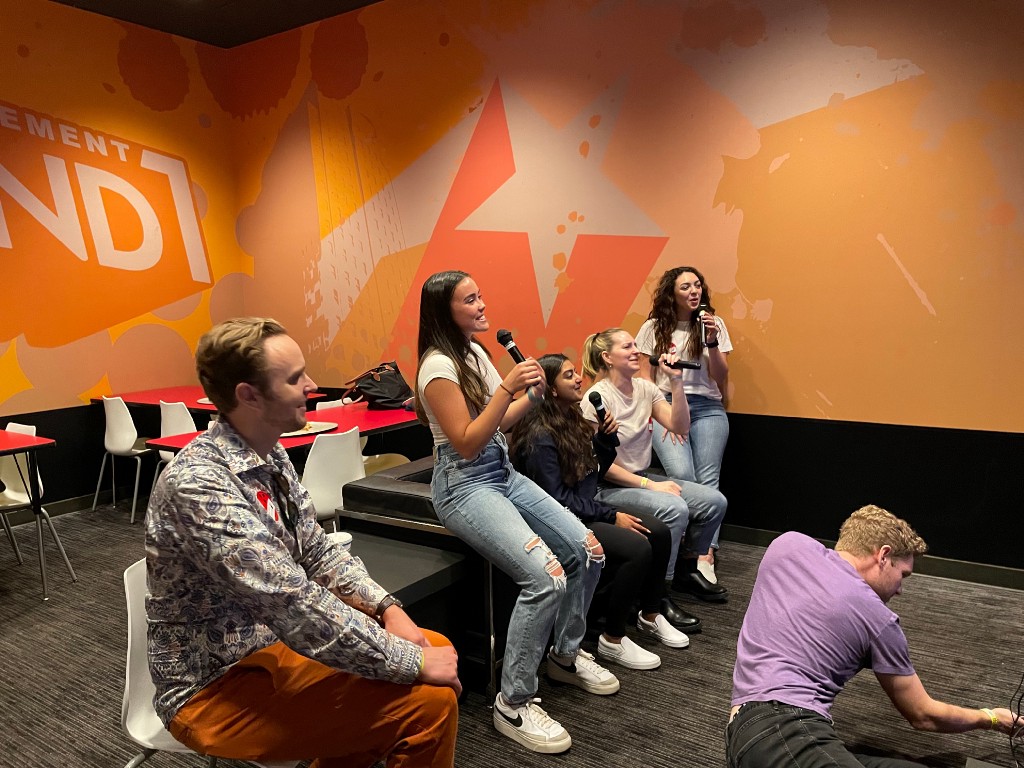
The very next day we went out to a company picnic with our families. Many people cooked and brought their own food. I really enjoyed seeing everyone out of the office and meeting everyone’s families. There were a few activities such as spike ball and badminton as well as many picnic blankets and tons of food and drinks!

A few weeks later all 4 of the summer interns and our intern managers had an all-day offsite starting with an hour at a trampoline park. This was followed by another sushi lunch. We ended the day going go-karting! This was so fun, and I really appreciated the intern managers putting together such a fun day for us towards the end of our internships!
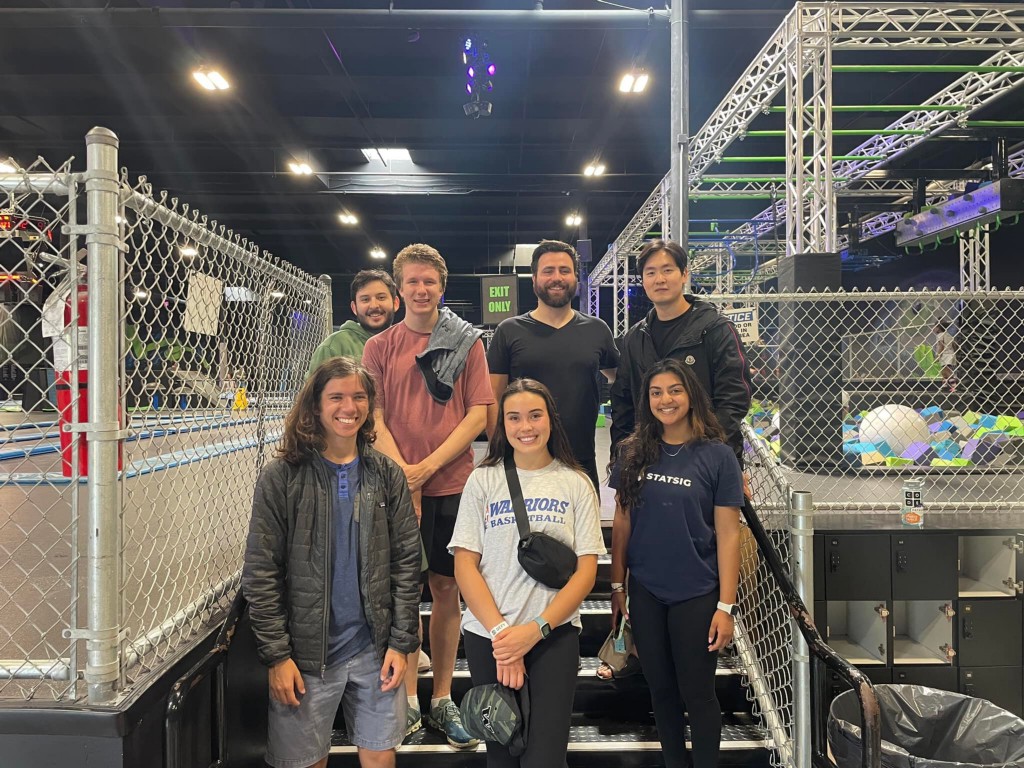
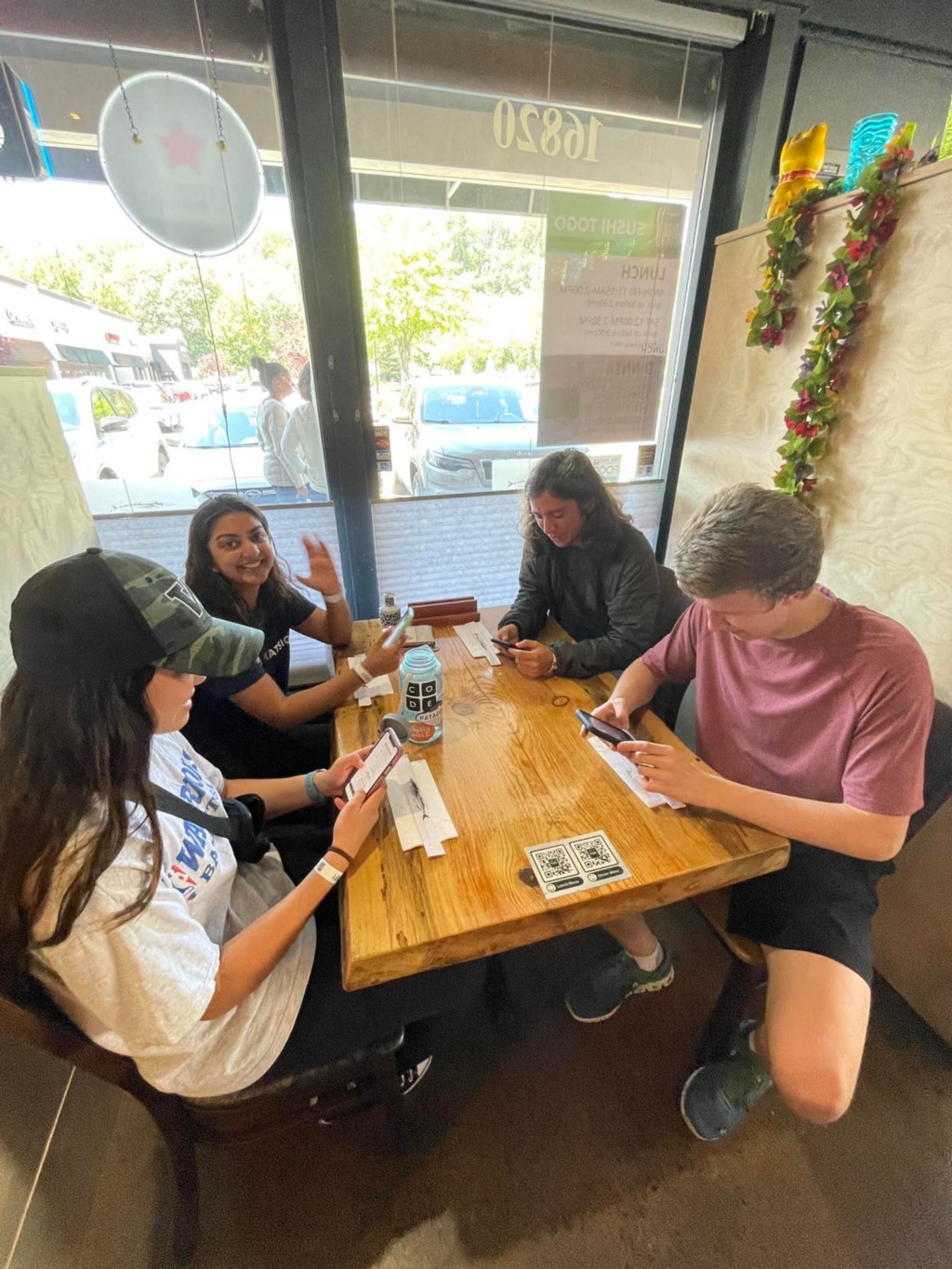
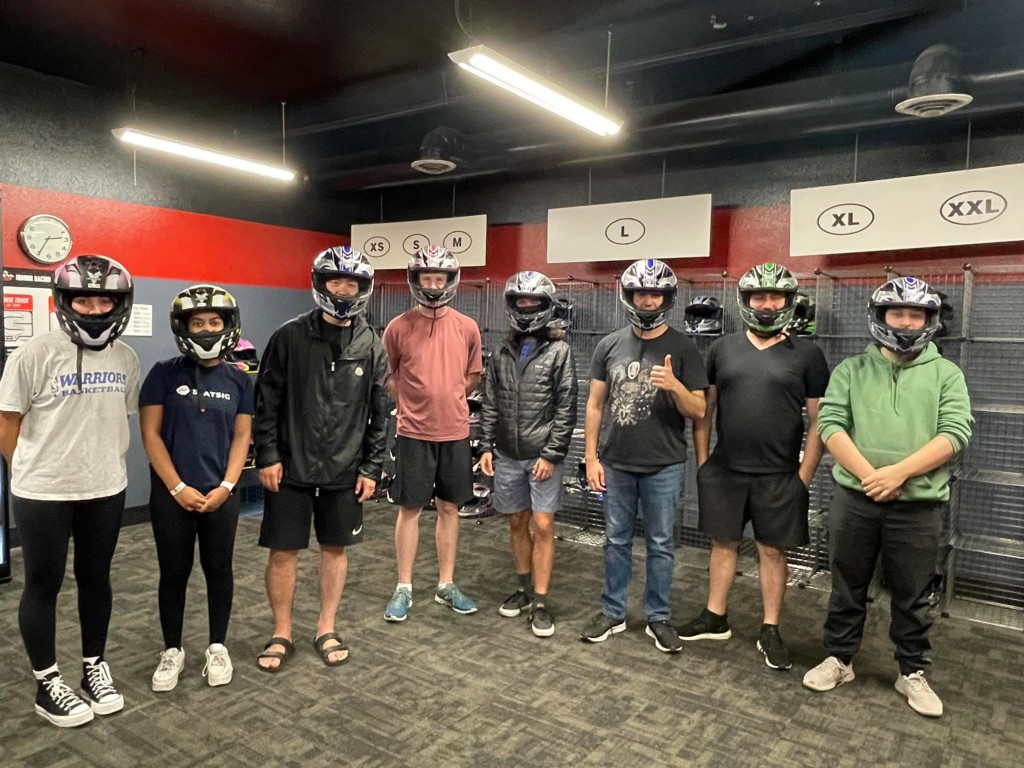
The very next day, we all left the office again for lunch to go to an Indian buffet close by. This was a fun 1–2-hour event!
The next week was the last full week of my internship, so the design team went out for a celebratory sushi lunch (we really like sushi).
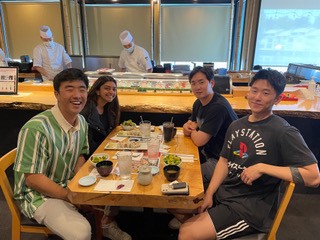
In addition to all the fun activities we took part in this summer, we were also given plenty of food and lots of swag items. Every Tuesday and Thursday we would order an early dinner from a local restaurant. The fridges and pantries were always stacked with tons of snacks and drinks especially ice-cream for the hot summer days! We also got lots of swag items such as stickers, shirts, and special made intern hoodies!
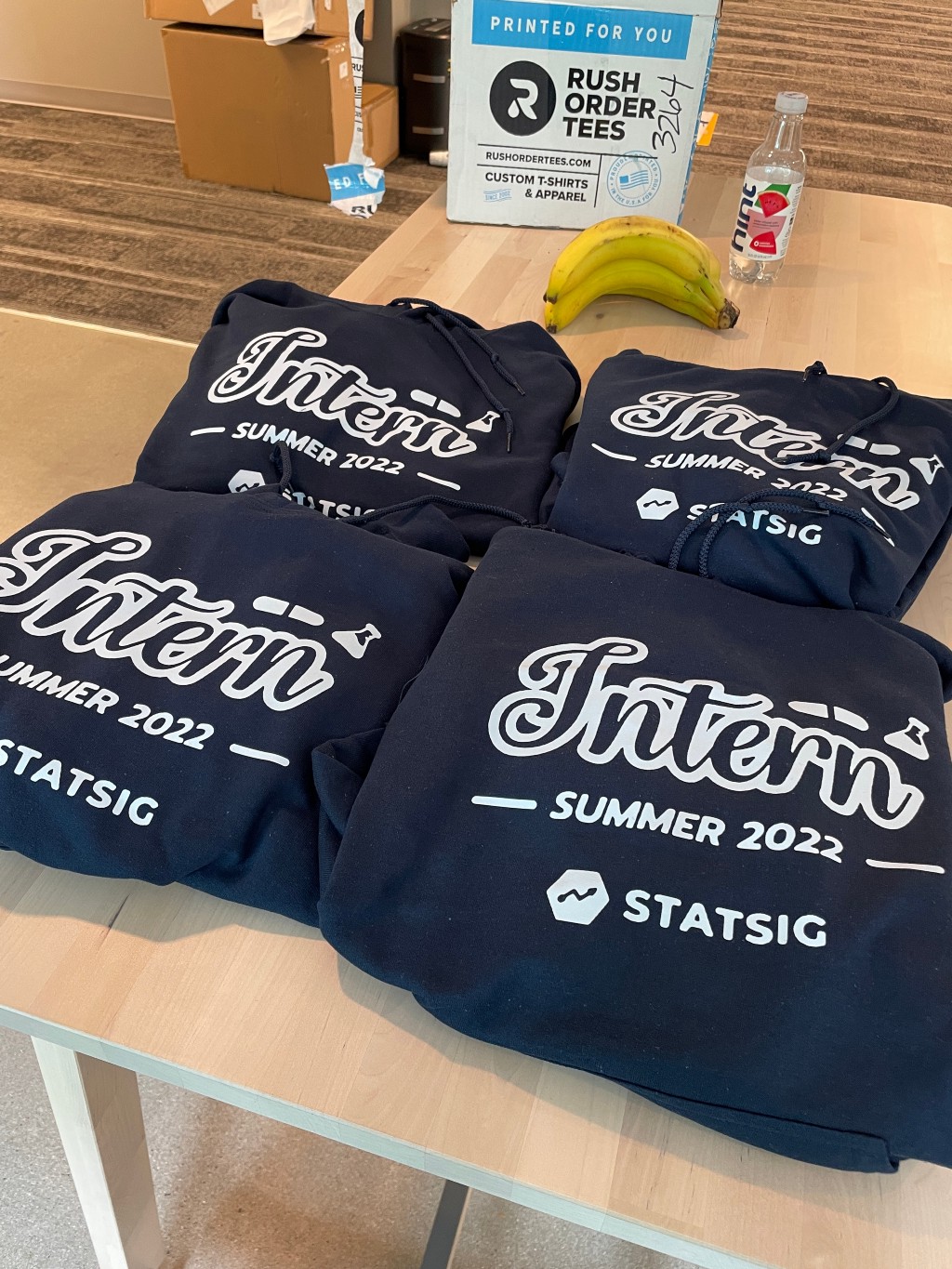
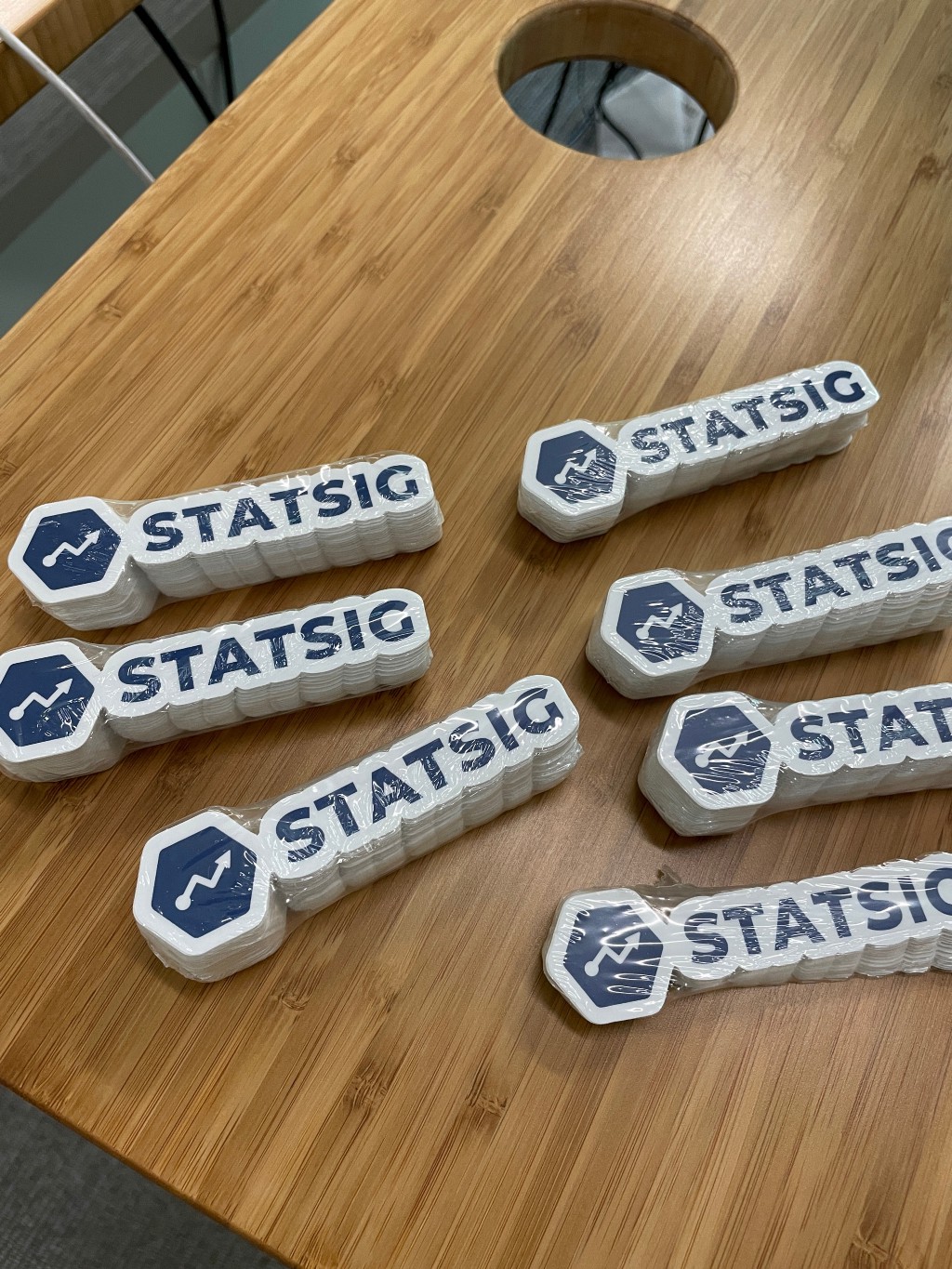
My Design Progression
I was lucky to join around the same time as a few new design hires. With the rapid expansion of our design team came many new design traditions and practices. My favorite was participating in our weekly design crit sessions. We would share what we have been working on in the last week, answer questions, and receive feedback.
Through these sessions, I was able to get a better understanding of how to request feedback at different stages in my design process, iterate on my designs based on the feedback I received, and identify possible pain points/issues in my designs. In addition, being an active member of the design crit rather than a presenter helped me improve my design skills as well!
One of the most important skills I learned that I will take with me to future design crits was asking questions and giving feedback that guide the designer that is presenting rather than giving direct solutions. Sometimes asking questions is enough for the designer to know that something may not be completely clear. I also enjoyed understanding new perspectives and rationales behind a design that I may not have previously thought of.
Another valuable design skill I gained from my time as a design intern at Statsig was my ability to collaborate with different people in different roles, not just designers. I gained lots of experience collaborating with engineers through sitting in on group meetings, participating in group standups, and having one-on-one meetings to discuss my designs.
I also had frequent collaboration with Product Managers at the company through group and individual meetings where I was able to get product guidance and understand my design projects a little bit better. In addition, I even collaborated with data scientists for some projects as well.
Overall, my ability to collaborate across disciplines greatly improved as I started to form connections and get to know people better at Statsig. This is a skill that is very valuable as a designer, and I am glad I was able to build this summer.
I also really enjoyed building my Figma proficiency. When I started my internship, I had experience with Figma, but it was limited. I was eager to grow my skills and work alongside Figma pro’s. Some of the biggest skills I improved upon within Figma this summer was using auto layout, component libraries, and prototyping. Auto layout allowed me to resize and fit elements in a frame as well as align correctly. In addition, auto layout also served as a helpful tool during the constant iterations to my designs. Whenever I needed to add/remove elements from a frame, I was able to do so with automatic resizing that included padding and placement.
Using component libraries was also something I didn’t have much experience with. Our lead designer, Geunbae “GB” Lee’s design system is a component library that GB built from the ground up. I got lots of practice making instances of components from the component library which allowed me to ensure consistency in my designs with the rest of the Statsig product. Prototyping was a skill I gradually built up over my time at Statsig. Being able to prototype in Figma allowed me to share my designs in a presentable format whether it be in design crits, one-on-one meetings, demos, or more. I found prototyping to be a helpful tool when trying to communicate big or small interactions to others. It gave a better understanding of how my designs might function once implemented.
Using auto layout, component libraries, and prototyping are very valuable Figma skills that I have gained from my time at Statsig this summer and will help me in my future design endeavors.
Wrapping Up My Internship
As the summer ends and my internship is starting to wrap up, it’s a bittersweet moment. I’ve accomplished a lot and learned many valuable skills that I am so excited to put to use in the future. However, I’m also disappointed to leave such a supportive, passionate, and fun environment that has helped me grow immensely as a designer.
I’m grateful for the experience I have gained this summer and the wonderful connections I have made. I hope to stay involved with Statsig by keeping in touch with my fellow Statsig coworkers and frequently visiting the office whenever I can. I’m excited to see what they accomplish and am so happy that I was along for the ride!